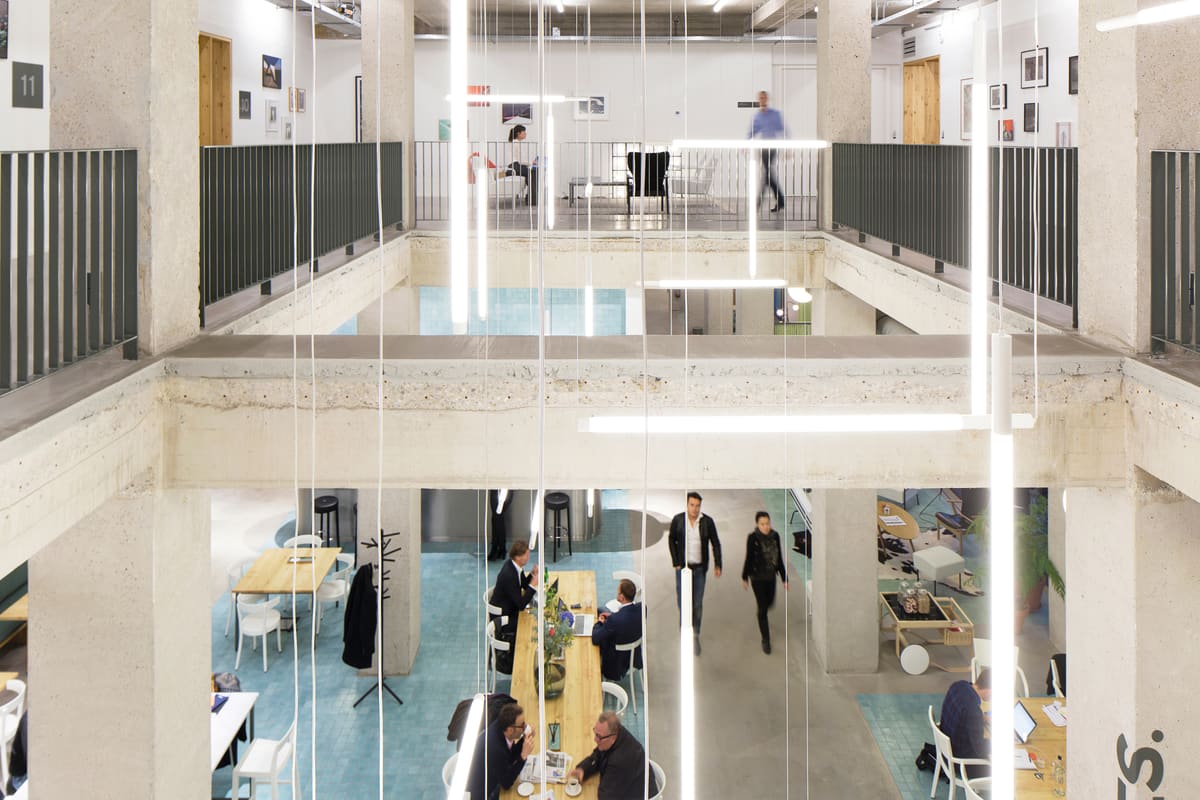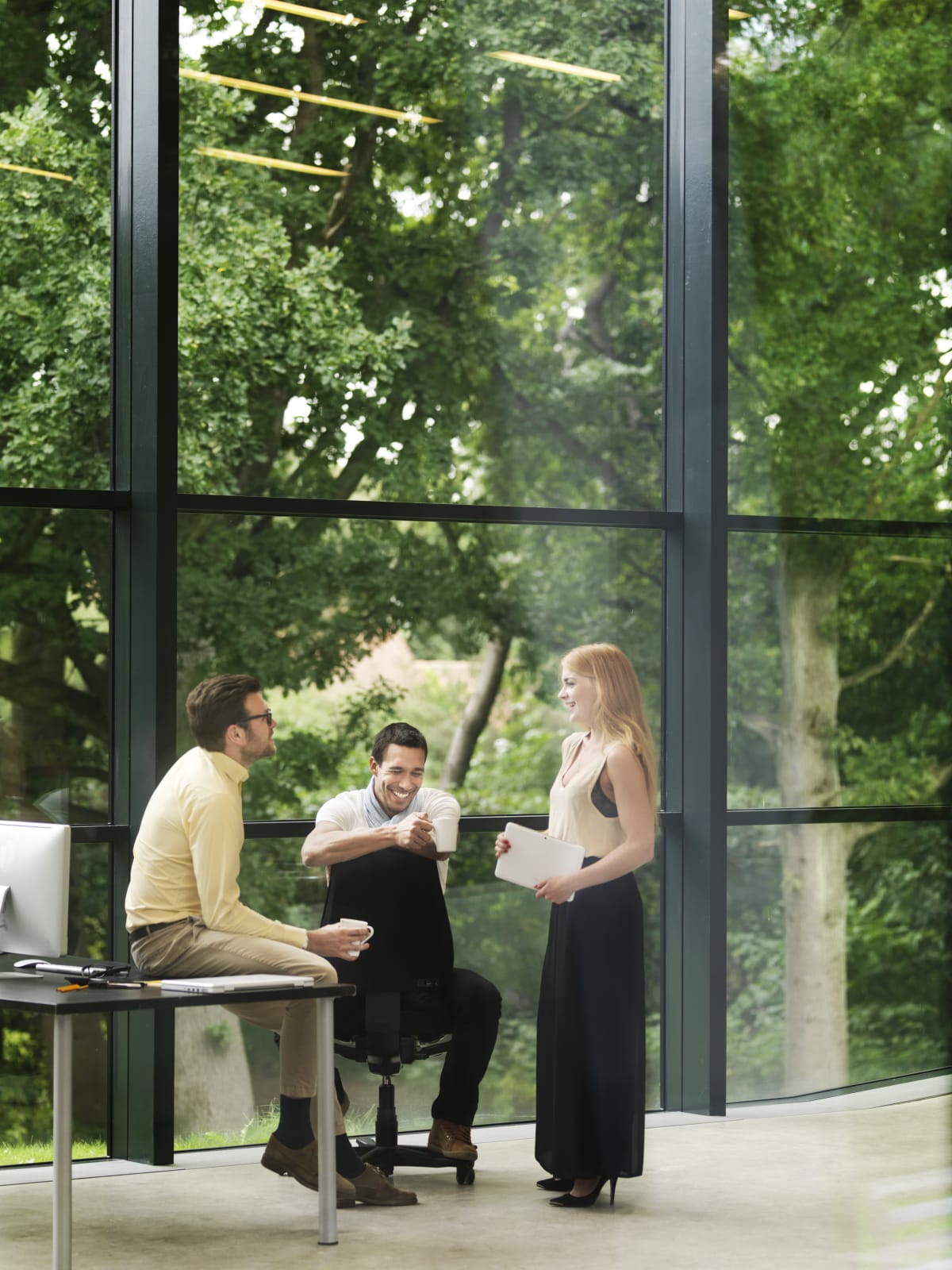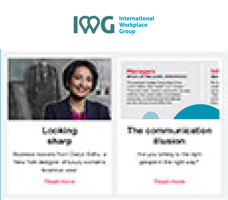The 15-minute city is a compelling answer to the world’s congestion and overpopulation challenges and the climate concerns that come with them. While traditional city planning often results in longer commutes, increased pollution and lack of community connection, the 15-minute city does the opposite.
Covid-19 fundamentally changed how we live and work, giving us more freedom to work close to home, in the heart of our communities. This means the 15-minute city phenomenon is now booming. As IWG’s founder and CEO Mark Dixon points out, "More and more workers want to live in a 15-minute city."
So what is it, and where are the opportunities for investors, building owners and landlords?
What is the 15-minute city?
The idea of a 15-minute city is that everything a resident needs — including a place to work — is available within a 15-minute walk or cycle from home. A hybrid model that combines local flexspaces with home working and occasional visits to a central headquarters is what helps bring this vision to life.
And, as Mark Dixon highlights, this is what employees want — an IWG survey revealed that 77% of workers want a job location closer to home. That’s seen the concept of the 15-minute city gain traction, fuelling the present demand for local workspaces. In August, IWG reported a surge of interest in their services in suburban areas — a trend that looks set to continue.
The opportunities for commercial real estate investors and building owners
The flexible workspace market is estimated to grow by 600% by 2030, and 30% of all office space will evolve to hybrid workspace in that same period. Alongside this, 88% of companies are planning a full shift to flexible working.
Partnering with IWG is the best way for investors and building owners to help meet this demand and open up new revenue streams. IWG has launched a major programme of expansion, and will add 1,000 locations to its global network over the next year, with the majority in suburban and rural locations, and often in small towns.
Of course, there's more to this trend than the convenience of being able to work close to home; the urgency to address climate change pushes for less car usage. Hybrid working eliminates long-distance daily commutes, leading to dramatic decreases in carbon emissions – up to 70% in the UK and 87% in the US, according to IWG and Arup research.
The 15-minute city in practice
The 15-minute city sounds great on paper, but what about in practice? It’s going well in Paris, where regeneration of the suburbs is creating vibrant new decarbonised communities where “the Paris of tomorrow” is being built. With 300km of new Metro lines being built to support this, the whole Greater Paris area is being described as “22 million square metres of real estate opportunities”.
Meanwhile, Portland, Oregon, is working towards creating a "20-minute neighbourhood" as a core part of its Climate Action Plan. The goal is for 90% of the city's residents to access daily essentials without a car by 2030. This strategy involves enhancing pedestrian and bike paths, repurposing streets for community activities, investing in arts and cultural hubs, and developing affordable housing in areas rich with amenities.
Oxford, UK, has integrated the 15-minute city concept into its 2040 local plan. A council report outlines strategies to steer development while balancing housing needs, protecting the environment, and addressing climate change challenges. Similarly, Milan has embarked on this path, with many other cities also adopting the idea.
Four reasons why the 15-minute city works
There are a number of reasons behind the rise of the 15-minute city. Here are four ways the concept can improve a local area:
- Economy: A 15-minute city boosts local businesses by increasing footfall. IWG and Arup research indicates that the shift away from city centres can lead to annual local consumer spending spikes of $1.3 billion in the US and £327 million in the UK.
- Community: 15-minute cities promote inclusivity and strengthen community bonds. By having work and social spaces close to home, everything becomes accessible to all residents, including the most vulnerable and disadvantaged.
- Health and wellbeing: in the 15-minute city, people commute less, and this has a positive effect on their health and wellbeing. Indeed, IWG research shows that hybrid workers, who spend less time commuting, are exercising more, sleeping longer, eating better and reporting better mental health.
- Emissions: 15-minute cities, supported by hybrid working, lead to reduced transport emissions and improved air quality.
As towns and cities adapt to our changing work habits, the concept of the 15-minute city paves the way for sustainable growth and robust real estate opportunities. Smarter planning, combined with hybrid work solutions, has the potential to transform both local communities and the environment.
IWG is looking for partners to open local workspaces in the heart of communities, close to employees’ homes, helping building owners and landlords turn empty building space into profitable, income-generating flexible workspaces. Find out how to partner with IWG here.






